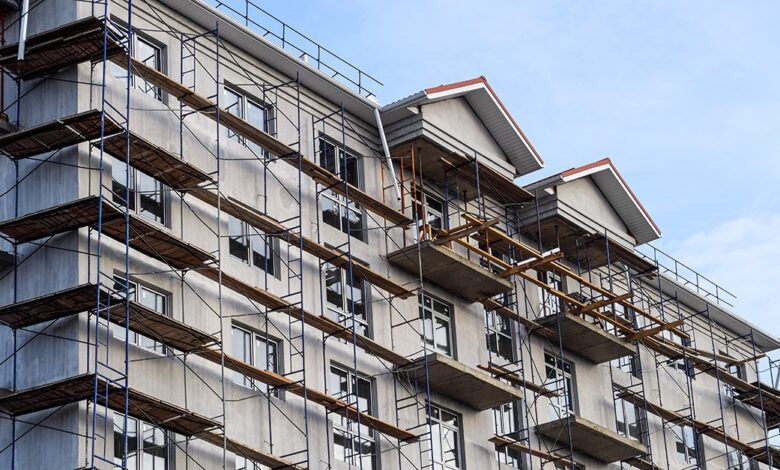
The invisible danger: what is radon and why does it matter
When renovating a home, attention is usually paid to eliminating moisture, fixing cracks, and improving insulation. However, few people consider the hidden risk—radon seeping in from the ground. This naturally occurring radioactive gas is colorless and odorless, and it can accumulate indoors by entering through microcracks, joints, and utility connections in the foundation. In Spain, prolonged exposure to high concentrations of radon is recognized as the second most significant cause of lung cancer after smoking. Despite the seriousness of the threat, there are effective ways to minimize the risks, especially if preventive measures are taken during major renovations.
Barriers and ventilation: key protection methods
Comprehensive radon protection is based on two principles: preventing the gas from entering and removing any that has already infiltrated. Well-planned measures can significantly reduce the risk.
The first step is sealing all possible entry points for the gas. When renovating lower floors or basements, it is important to thoroughly fill cracks in concrete slabs and walls using special sealants. Particular attention should be paid to joints between floors and walls and to utility entry points. For maximum protection, special polyethylene or EPDM membranes are laid under new flooring to serve as a reliable barrier against radon.
If it is not possible to completely block the entry of gas, a second strategy is used—reducing its concentration through ventilation. In houses with crawl spaces, it is important to ensure natural airing so that radon does not accumulate beneath the building. In areas with poor air circulation, such as basements, mechanical ventilation systems are installed to continuously refresh the air.
Modern solutions: soil depressurization
The most effective method is to create negative pressure under the building. To achieve this, a pipe is installed beneath the foundation and connected to an exhaust fan, which removes radon from below before it can enter the house. This approach is widely used during comprehensive renovations and allows for a significant reduction of gas concentration in living spaces.
Regulations and mandatory measures
Not all properties are required to comply with radon protection measures. According to current building standards (DB-HS6), special actions are necessary only in areas with elevated risk and for residential spaces used on a permanent basis. Garages, storage rooms, and other auxiliary spaces are not subject to these requirements. The threshold level for living areas is set at 300 Bq/m³. If measurements indicate that this level is exceeded, corrective actions must be implemented, which may vary depending on the region.
Professional approach — the key to safety
Protecting against radon is an important investment in your family’s health. Despite the apparent simplicity of some procedures, dealing with this invisible gas requires precise calculations and specialized expertise. Mistakes made during the process can create a false sense of security. Therefore, if there is any suspicion of elevated risk or when planning renovations, it is recommended to consult qualified specialists. Only professionals can carry out the necessary measurements, identify the gas intrusion points, and select the optimal solution for each specific property. Ensuring your home’s safety begins with the right choice of contractor and technology.





